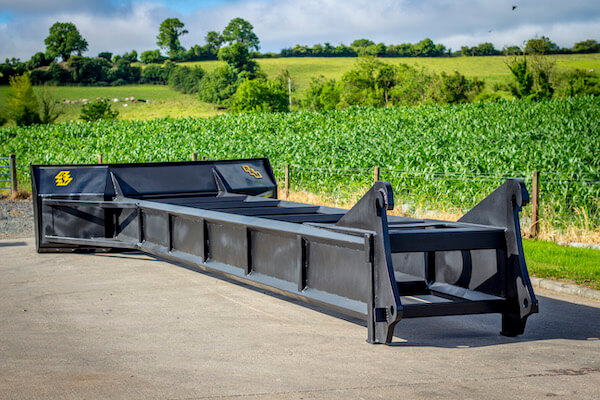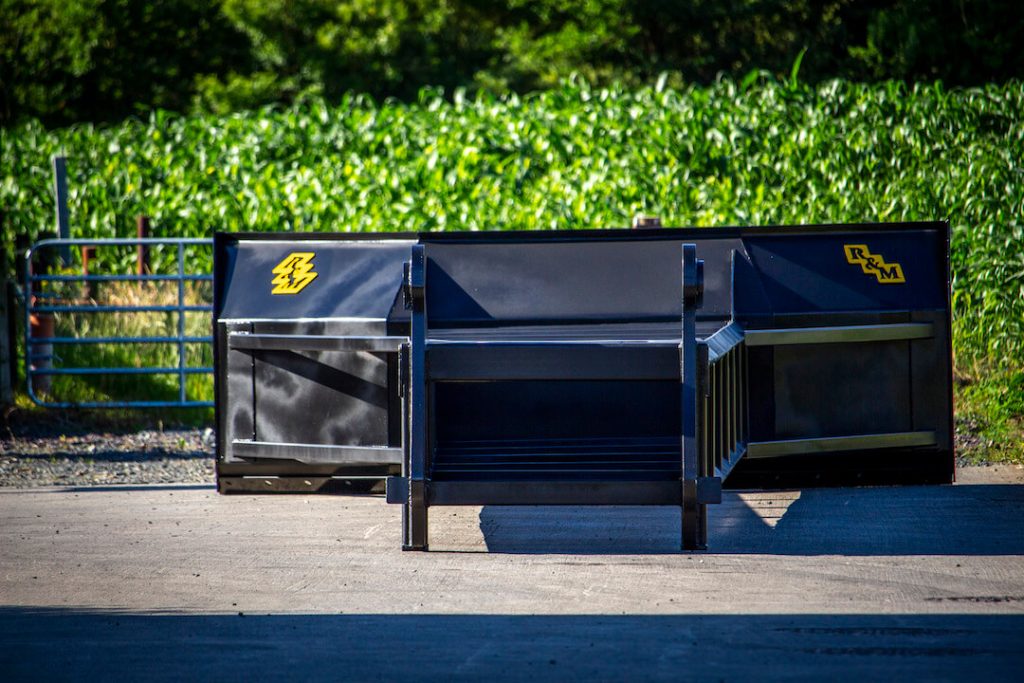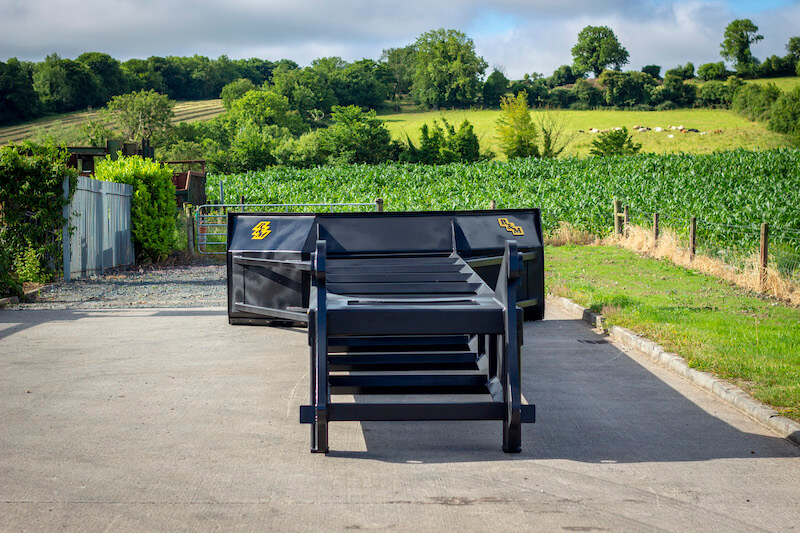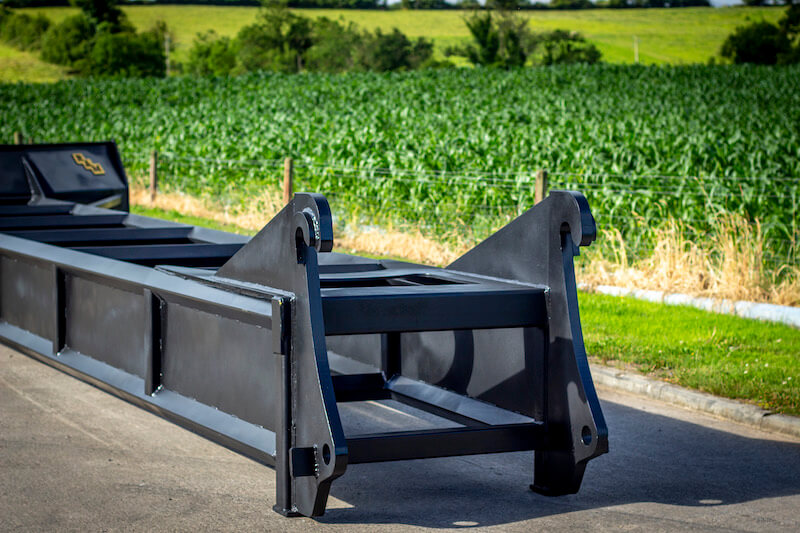Email: info@rmbuckets.com

Revolutionising Stockpiling.
In the world of industrial stockpiling, efficiency and productivity are crucial factors. Companies involved in handling and storing bulk materials such as coal, fertiliser and grain require innovative solutions to optimise their operations. One such solution that has proven to be highly effective is the pushing blade. This versatile tool has revolutionised stockpiling processes, enhancing productivity, reducing costs, and improving safety. In this article, we will explore the various uses of a pushing blade for coal, corn maize, and other similar materials, highlighting the advantages it brings to the table.



Efficient Stockpile Formation:
One of the primary uses of a pushing blade is the formation of efficient stockpiles. Whether it’s coal, grain, or other granular materials, the pushing blade enables operators to efficiently shape and consolidate stockpiles. By pushing the material into compact formations, it maximises storage capacity and minimises the area required for storage. This not only saves space but also allows for better organisation and easier retrieval of materials.
Increased Productivity:
The pushing blade significantly enhances productivity in stockpiling operations. Traditionally, manual labour or heavy machinery such as loaders were employed to build and maintain stockpiles. However, these methods often require substantial time and effort. With a pushing blade attachment, the process becomes much faster and more streamlined.
Improved Safety:
Safety is paramount in any industrial setting, and the use of a pushing blade promotes a safer working environment. By minimising manual handling and reducing the need for workers to be in close proximity to moving materials, the risk of accidents and injuries is significantly reduced. Furthermore, the precise control offered by the pushing blade ensures that the material is distributed evenly, reducing the likelihood of collapses or shifts within the stockpile that could pose risks to personnel or equipment.




Enhanced Material Quality:
Maintaining the quality of stockpiled materials is essential, particularly in industries like agriculture and energy. The pushing blade aids in preserving material quality by minimising segregation and degradation. By exerting controlled force, the blade uniformly distributes the material, preventing particle separation or stratification. This feature is particularly valuable for corn maize, where maintaining grain integrity is crucial. Additionally, the efficient compaction achieved by the pushing blade reduces the exposure of materials to external elements, ensuring their long-term stability and quality.
Flexibility and Adaptability:
Another advantage of the pushing blade is its flexibility and adaptability to different stockpiling requirements. Whatever materials you are dealing with, the blade allows for optimal usage of available space and enables operators to cater to specific storage needs, such as segregating different grades of coal or maintaining separate grain varieties.
Conclusion:
The pushing blade has emerged as a game-changer in the world of stockpiling operations for bulk materials. Its ability to efficiently form stockpiles, increase productivity, improve safety, preserve material quality, and offer flexibility makes it an indispensable tool for various industries. As companies strive to optimise their processes and remain competitive, the pushing blade provides a practical and efficient solution to enhance their stockpiling operations. With its numerous advantages, this versatile attachment is sure to continue revolutionising the way materials are handled, stored, and utilised in industrial settings.
The R&M Buckets pushing blade has a diamond shaped framed system for extra strength, easier cleaning and reduction in cross contamination of materials.
For more information on our range of Pushing Blades
Email: paul@rmbuckets.com
Tel: 041 98 20800



